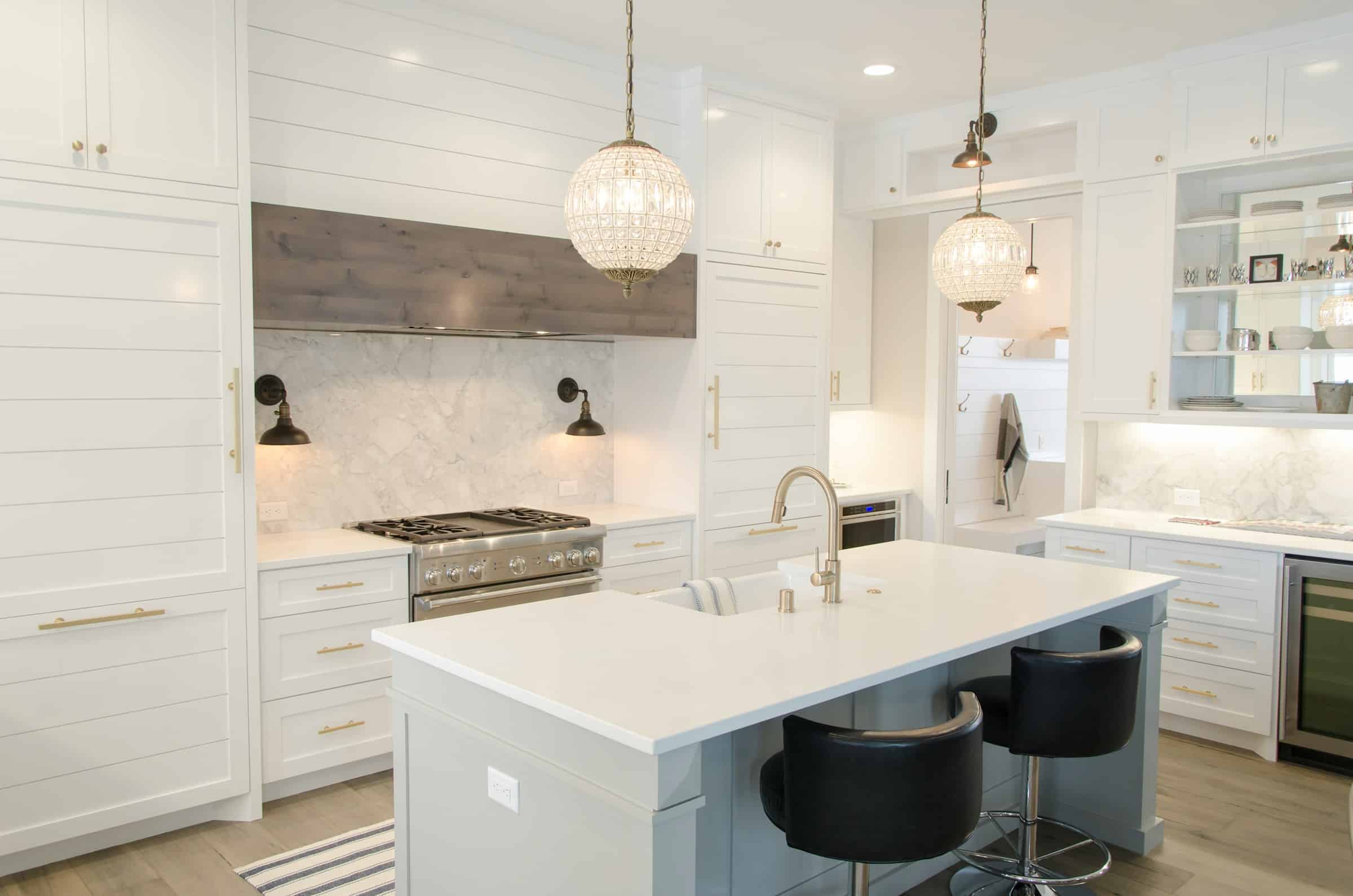Given the delightful experience of an alfresco meal or a relaxed conversation with friends under the stars, creating a comfortable, durable outdoor seating area can significantly increase the value and enjoyment of your home. However, with a plethora of furniture options and materials available in the market, it may seem daunting to select the perfect combination to withstand the test of time and weather. This article offers insights into the finest, most resilient materials, along with their maintenance tips, to help you craft a stylish, durable, and comfortable outdoor space.
Exploring Different Materials
Before choosing outdoor seating furniture, it’s crucial to understand the various materials available, each with its unique properties, advantages, and maintenance needs.
Avez-vous vu cela : What are the Best Practices for Installing a Home Sauna in a Small Space?
Wood
Wood, especially teak, is a popular choice for outdoor furniture due to its natural beauty and durability. Teak is best known for its high oil content, tight grain, and high tensile strength, making it incredibly resistant to rotting, warping, shrinking, and swelling. It’s an ideal material for an outdoor dining set or patio chairs, offering a classic, timeless appeal.
However, wood furniture does require regular maintenance to keep its allure. Over time, teak changes color to a beautiful silver-gray, but if you prefer its original honey color, you need to treat it with a teak sealer annually. Cleaning wooden furniture is typically as simple as washing it with a mild soapy solution and a soft brush.
Avez-vous vu cela : Which Hardwood Floor Finishes Are Most Resistant to Pet Scratches?
Metal: Steel & Aluminum
Metal outdoor furniture, particularly steel and aluminum, is loved for its strength and durability. Steel furniture is incredibly sturdy and can last for decades if well maintained. It also tends to be heavier, making it a good choice if your outdoor seating area is in a windy location.
Aluminum, on the other hand, is lightweight and resistant to rust and corrosion, thanks to its natural oxide layer. It’s a perfect material for poolside furniture as it’s water-resistant and easy to move around. However, because it is so lightweight, aluminum furniture may not fare well in high wind areas unless anchored down.
Both steel and aluminum furniture require minimal maintenance. Simply clean them with mild soap and water to remove any dirt or grime. To protect steel furniture from rust, it’s advisable to apply a protective finish annually.
Wicker
Wicker furniture, with its intricate designs and comfortable appeal, can lend a cozy, inviting look to your outdoor seating area. It’s lightweight, durable, and available in various styles.
However, not all wicker furniture is created equal. Natural wicker is not water or weather-resistant and should be covered or stored indoors during rainy or snowy weather. On the other hand, synthetic, or "all-weather" wicker, is constructed from resins that can withstand the elements and require less maintenance.
Choosing Weather-Resistant Furniture
When furnishing your outdoor seating area, you need to consider how different materials will stand up to your local weather conditions.
In damp, wet climates, wood furniture, specifically teak, can be a great choice, thanks to its water-resistant properties. However, you should avoid metals like iron and steel that can quickly rust if not properly treated. Aluminum and all-weather wicker are also good options as they are naturally water-resistant.
In hot, sunny locations, consider materials that will not fade or degrade under the sun’s harsh UV rays. Wood, especially teak, is UV resistant, making it an excellent choice for sunny spots. Aluminum is also a good choice as it is not likely to become hot to the touch, unlike steel.
Lastly, in windy locations, you should opt for heavier furniture that will not be easily toppled over. Steel, being a heavier metal, would be ideal in these situations.
Factoring in Maintenance
Maintenance is a crucial factor in the longevity of your outdoor furniture. While all outdoor furniture will require some level of upkeep, certain materials demand more attention.
Wood furniture will need to be cleaned and oiled regularly, and you may need to apply a protective coating to prevent rot. Steel will need to be treated to prevent rust, and wicker furniture should be cleaned regularly to keep it looking fresh.
Aluminum furniture is relatively easy to maintain. It does not rust, but it can oxidize, causing it to look dull. An annual scrubbing with a mild detergent should be enough to keep aluminum furniture looking new.
Prioritizing Comfort and Style
While durability and maintenance are crucial, comfort and style should not be compromised. Outdoor furniture should be inviting and comfortable to encourage regular use.
Consider adding cushions to your metal or wooden chairs for increased comfort. Ensure the cushions are made from a durable, weather-resistant material like solution-dyed acrylic.
In terms of style, consider the overall aesthetic of your home. Sleek, modern designs may complement a more contemporary home, while teak or wicker furniture can add a touch of classic elegance.
Creating a durable outdoor seating area involves more than just buying furniture. It’s about choosing the right materials that can withstand the elements, require minimal maintenance, and offer comfort and style. So, take your time, do your research, and you’ll be well on your way to creating an outdoor space that you can enjoy for years to come.
Incorporating Wrought Iron and Stainless Steel
Now that we have examined various furniture materials, it’s time to delve into the specifics of wrought iron and stainless steel, two other components that can elevate the durability and aesthetic of your outdoor seating area.
Wrought Iron
Wrought iron, with its distinct, traditional appeal, can add a touch of sophistication to your outdoor space. Notably, wrought iron furniture is extremely durable and resistant to wind, making it an excellent choice for open, breezy areas.
Despite its robust nature, wrought iron does require some upkeep. To prolong its life and maintain its classy look, it’s important to regularly clean your wrought iron furniture with a mixture of mild soap and water. Furthermore, to prevent rusting, considering applying a protective finish annually, especially if your furniture is exposed to wet weather.
Stainless Steel
Stainless steel, on the other hand, offers a sleek, modern aesthetic, perfect for a contemporary outdoor setting. This material is known for its strength and weather-resistant properties. Its chromium layer protects it from rust and corrosion, making it suitable for almost all weather conditions.
Similar to wrought iron, stainless steel furniture will benefit from regular cleaning with a mild soap and water mixture to remove dirt and prevent the build-up of grime. Unlike wrought iron, stainless steel doesn’t require any additional protective coatings, making it a low-maintenance option for your outdoor seating area.
Settling on Resin Wicker and Easy-Clean Materials
Another important aspect to consider when selecting materials for your outdoor seating area is ease of maintenance. Materials like resin wicker and those that are easy to clean can save you time and effort in the long run.
Resin Wicker
As discussed earlier, resin wicker, also known as all-weather wicker, is a synthetic material designed to withstand harsh weather conditions. Unlike its natural counterpart, resin wicker is water-resistant and doesn’t fade in the sun, making it an excellent choice for your outdoor patio. To clean, simply wipe down with a cloth soaked in a gentle soap solution.
Easy-Clean Materials
Other easy-clean materials include aluminum, teak, and solution-dyed acrylic used in cushions. These materials are resistant to mold and mildew, which are common problems with outdoor furniture. A simple wash with a mild soap solution will suffice to keep these materials clean, ensuring your outdoor dining sets remain fresh and inviting.
Conclusion
Creating a durable, stylish, and comfortable outdoor seating area doesn’t have to be complicated. Understanding the different furniture materials available and how they fare under different weather conditions will guide you in making informed decisions. Whether you prefer the timeless appeal of wood, the modern sophistication of stainless steel, or the easy maintenance of resin wicker, there’s a material out there to suit your needs.
Remember, maintenance is key in prolonging the life of your outdoor furniture. Regular cleaning with a mild soap solution can go a long way in preserving the beauty and durability of your pieces.
Lastly, while durability and maintenance are important, don’t forget to prioritize comfort and style. After all, your outdoor space is an extension of your home, and it should reflect your personal taste and style. With careful planning and consideration, your outdoor seating area will not only be a place for relaxation and entertainment but also a visual delight that enhances the overall charm of your home.



